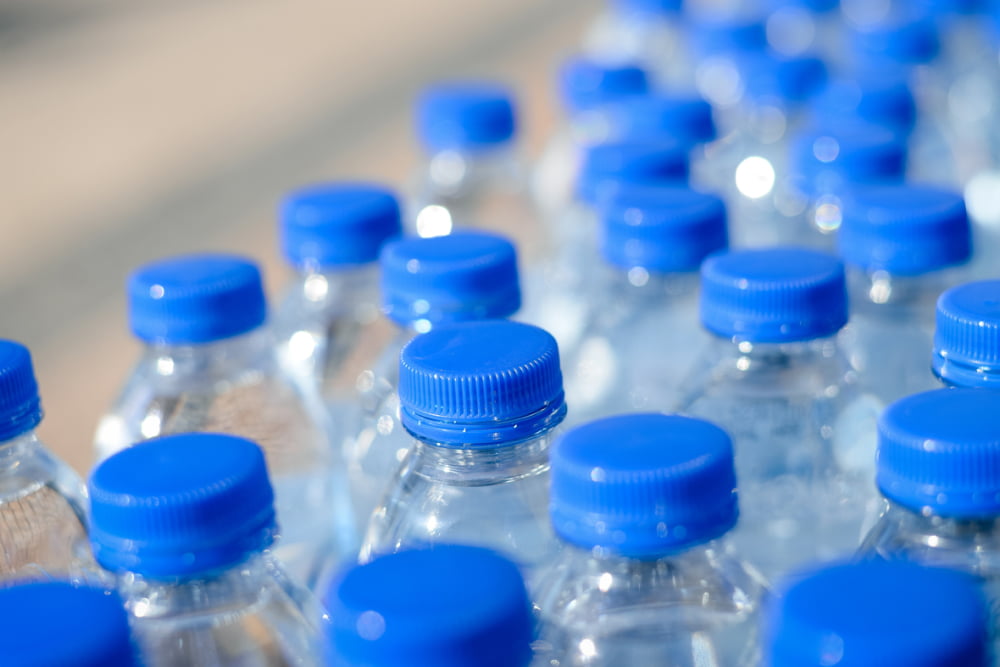7 negative effects of drinking unpurified water

Access to clean water is essential across the world. However, with the depletion of freshwater resources, ensuring access to it is becoming increasingly difficult. Despite federal and state-level water filtration systems and regulations, the water received in most households carries microbes, chemicals like fluorine, chlorine, mercury, lead, pesticides, and even waste particles. Read on to find out about how unpurified water may be having a detrimental impact on individuals as well as the environment.
Increased risk of diseases
Although water is treated at state-level facilities to filter out contaminants like viruses, bacteria, fungi, and parasites, they may still find their way to one’s home. This occurs because, at extensive facilities, water is only treated to reach the “safe” levels. Since this does not remove all the impurities, it could cause water-borne diseases such as cholera, diarrhea, and typhoid.
Unfiltered water may also carry high levels of aluminum, which is difficult for the body to process and excrete as waste. Consuming it regularly via drinking water could increase the risk of aluminum seepage in the brain, which could potentially increase the risk of Alzheimer’s Disease.
To keep oneself and loved ones safe, investing in an RO-based water purification system for the home is safer.
No assurance of water quality
There’s no way to inspect or monitor the quality of the home’s daily water supply once it leaves the treatment facility. This problem can be resolved entirely by using a household water purifier. These systems generally use replaceable filters, so one can constantly monitor the quality of water they are using and consuming.
Heavy chlorine and lead consumption
At large purification plants, chlorine is added to water to kill bacteria and viruses. However, the over-consumption of chlorine can be dangerous for one’s health. It could lead to difficulty during breathing, shortness of breath, chest tightness, skin and eye irritation, etc. Chlorine and chlorine by-products could also increase the risk of certain cancers, such as colon, rectal, and bladder cancer.
Similarly, as water passes through old pipes to travel hundreds of miles from the facility to the home, it may collect lead and other grime. High levels of exposure to lead can be lethal, as it directly affects the functioning of the central nervous system. Lead poisoning may also cause intellectual disabilities or behavioral disorders in children.
Installing a water purification system at home can help eliminate chlorine and lead and make the water safe for drinking.
Weakens the digestive system
The contaminants in unpurified or unfiltered water can also give rise to stomach ailments such as gastrointestinal pain or diarrhea. Over time, this can harm the digestive system. Studies have shown that purification technologies such as reverse osmosis can remove giardia, e-coli, and cryptosporidium from the water, lowering the risk of GI diseases by over 80%.
Moreover, purifying water could also sweeten its taste. The filtration process removes excessive minerals such as sodium, calcium, magnesium, potassium, etc. This enhances the taste of the water itself.
It gives rise to skin problems
Chlorine, lead, and other contaminants in water could also wreak havoc on the skin. This is because it can disrupt the skin’s pH levels, stripping away the top layer. Excessive mineral content in water could also clog pores, increasing the risk of acne and other skin ailments. Drinking or using clean and purified water can help prevent these issues, hydrate the skin better, and promote healthy and glowing skin.
More plastic waste generation
When people cannot rely on the water supply in their homes for regular consumption, the first thought is often to buy water bottles. Not only does this add to one’s daily expenses, but it can also be incredibly wasteful. The environmental impact of using plastic water bottles is two-fold – one, the carbon emissions that occur in manufacturing and transporting bottles, and the waste generated after their use, which often ends up in landfills.
This problem can quickly be resolved by switching to a household water purification system. This one-time expense removes the constant need to restock water bottles at home or manage their proper disposal.
Can waste time
Many households choose to boil water or use slow-filtration jugs to avoid drinking impure water. This can be highly time-consuming. On the other hand, home water purification systems are quick and easy to use and allow individuals to store a few liters of water to stay hydrated throughout the day.
Note that not all water filtration systems are made equal. Depending on one’s water supply source, each home may have differing needs. To find the right water purifier, here are some tips to follow:
- Identify the primary water source and confirm if the supply is connected to a private well, cistern, or public system.
- Recognize the need for a purification system to combat issues such as problems with the taste or mineral content. Is it because of a weakened immune system? Understanding these nuances will help one choose a purifying technology better suited to their requirements.
- Research to find the right size for the home and lifestyle
- Work with a budget to find a quality purifier
- Maintain the purifier well to ensure proper access to clean drinking water.